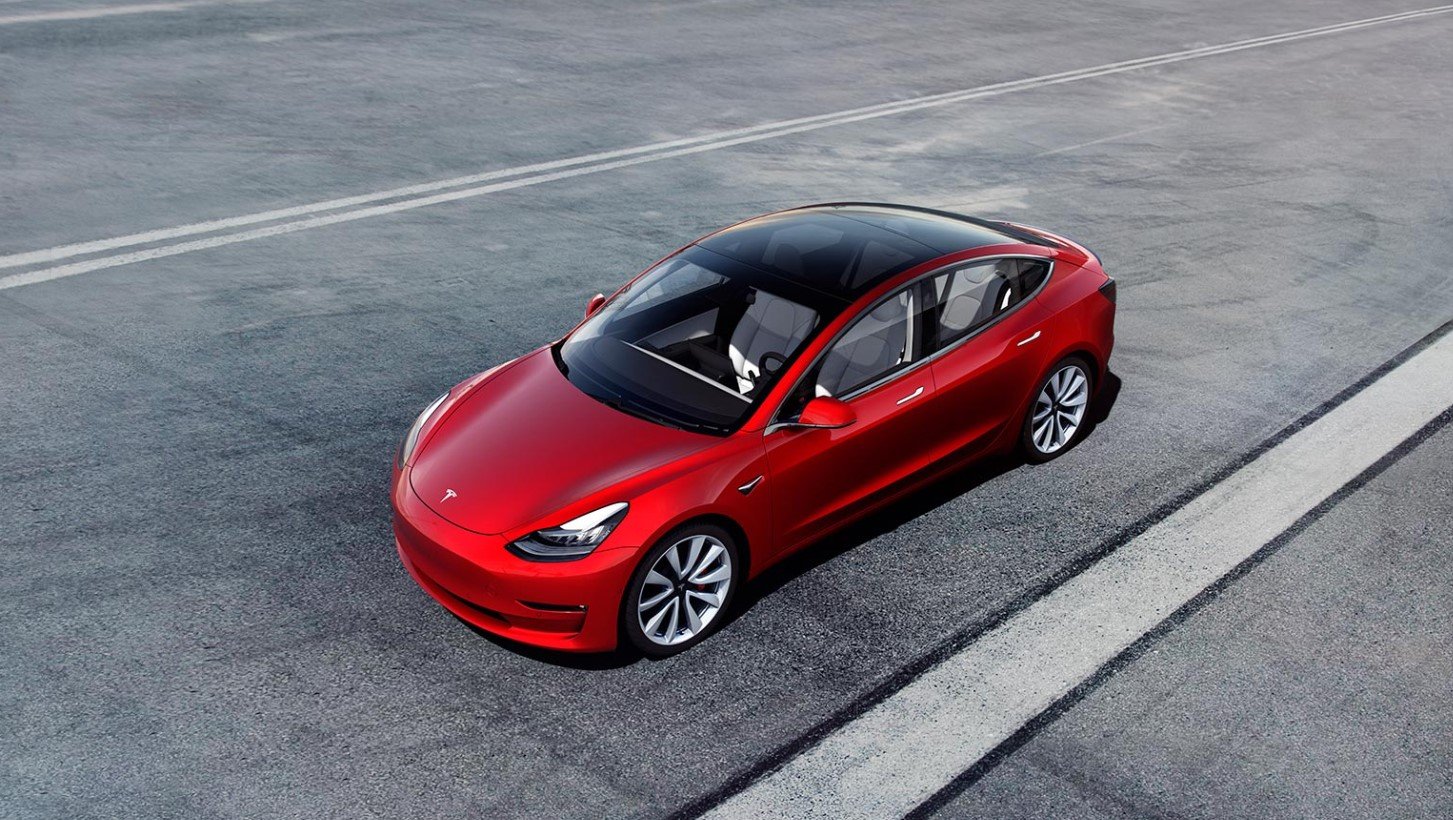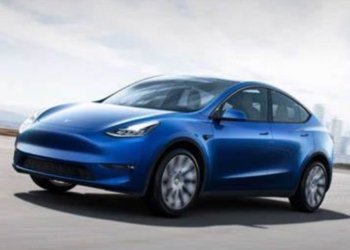Tesla has recently increased the prices of its Model 3 cars in several European countries, including Germany, the Netherlands, and Spain. This price hike, approximately 1,500 euros, comes in response to the European Union’s imposition of tariffs on electric vehicles (EVs) manufactured in China. The tariffs, which can reach up to 37.6%, were introduced to counter what the EU describes as a potential flood of unfairly subsidized EVs from China. Tesla, which manufactures the Model 3 in Shanghai, is significantly impacted by these tariffs.
Impact of Tariffs on Tesla’s Pricing Strategy
The European Union’s decision to impose tariffs on China-made EVs has forced Tesla to adjust its pricing strategy in Europe. The tariffs, which are provisional and will be reviewed by November, have added a significant cost burden on Tesla. As a result, the company has increased the prices of its Model 3 cars by about 1,500 euros. This move is aimed at offsetting the additional costs incurred due to the tariffs. Tesla had previously warned that such a price hike might be necessary if the tariffs were imposed.

The tariffs are part of the EU’s broader strategy to protect its domestic EV industry from what it perceives as unfair competition from Chinese manufacturers. Tesla, being a major exporter of EVs from China, is among the companies most affected by these tariffs. The company has requested a recalculation of its tariff rate, which currently stands at 20.8%. Other automakers, such as BMW, have also sought reductions in their tariff rates for China-made EVs.
Despite the price increase, Tesla remains committed to its European market. The company continues to explore ways to mitigate the impact of the tariffs and maintain its competitive edge in the region. This includes potential adjustments to its supply chain and production strategies to reduce reliance on China-made components.
Reactions from the Automotive Industry
The automotive industry has reacted with mixed feelings to the EU’s tariffs on China-made EVs. While some industry players support the move as a necessary step to protect European manufacturers, others argue that it could lead to higher prices for consumers and reduced competitiveness for European automakers. Tesla’s price hike is seen as a direct consequence of the tariffs, highlighting the broader impact on the industry.
Industry analysts have pointed out that the tariffs could disrupt the supply chain for EVs in Europe. Many automakers, including Tesla, rely on components manufactured in China. The increased costs associated with these tariffs could lead to higher prices for a range of EV models, not just the Model 3. This could potentially slow down the adoption of EVs in Europe, which is a key market for many manufacturers.
On the other hand, some European automakers see the tariffs as an opportunity to strengthen their position in the market. By reducing competition from Chinese-made EVs, they hope to increase their market share and boost domestic production. However, this strategy comes with its own set of challenges, including the need to scale up production and ensure the availability of key components.
The EU’s decision has also sparked a debate about the future of trade relations between Europe and China. As both regions continue to navigate the complexities of global trade, the automotive industry will need to adapt to changing regulations and market dynamics.
Future Outlook for Tesla in Europe
Looking ahead, Tesla faces several challenges in maintaining its market position in Europe. The tariffs on China-made EVs are just one of the many factors that the company needs to consider. In addition to adjusting its pricing strategy, Tesla will need to explore alternative production and supply chain options to mitigate the impact of the tariffs.
One potential strategy is to increase local production in Europe. Tesla’s Gigafactory in Berlin is a key part of this plan. By producing more vehicles locally, Tesla can reduce its reliance on imports from China and avoid the tariffs. This would also allow the company to better serve the European market and respond more quickly to changes in demand.
Another area of focus for Tesla is innovation. The company continues to invest in research and development to improve its EV technology and maintain its competitive edge. This includes advancements in battery technology, autonomous driving features, and overall vehicle performance. By staying at the forefront of innovation, Tesla aims to attract more customers and strengthen its brand in Europe.
Despite the challenges, Tesla remains optimistic about its future in Europe. The company believes that the demand for EVs will continue to grow, driven by increasing environmental awareness and supportive government policies. By adapting to the changing market conditions and leveraging its strengths, Tesla aims to remain a leading player in the European EV market.




































